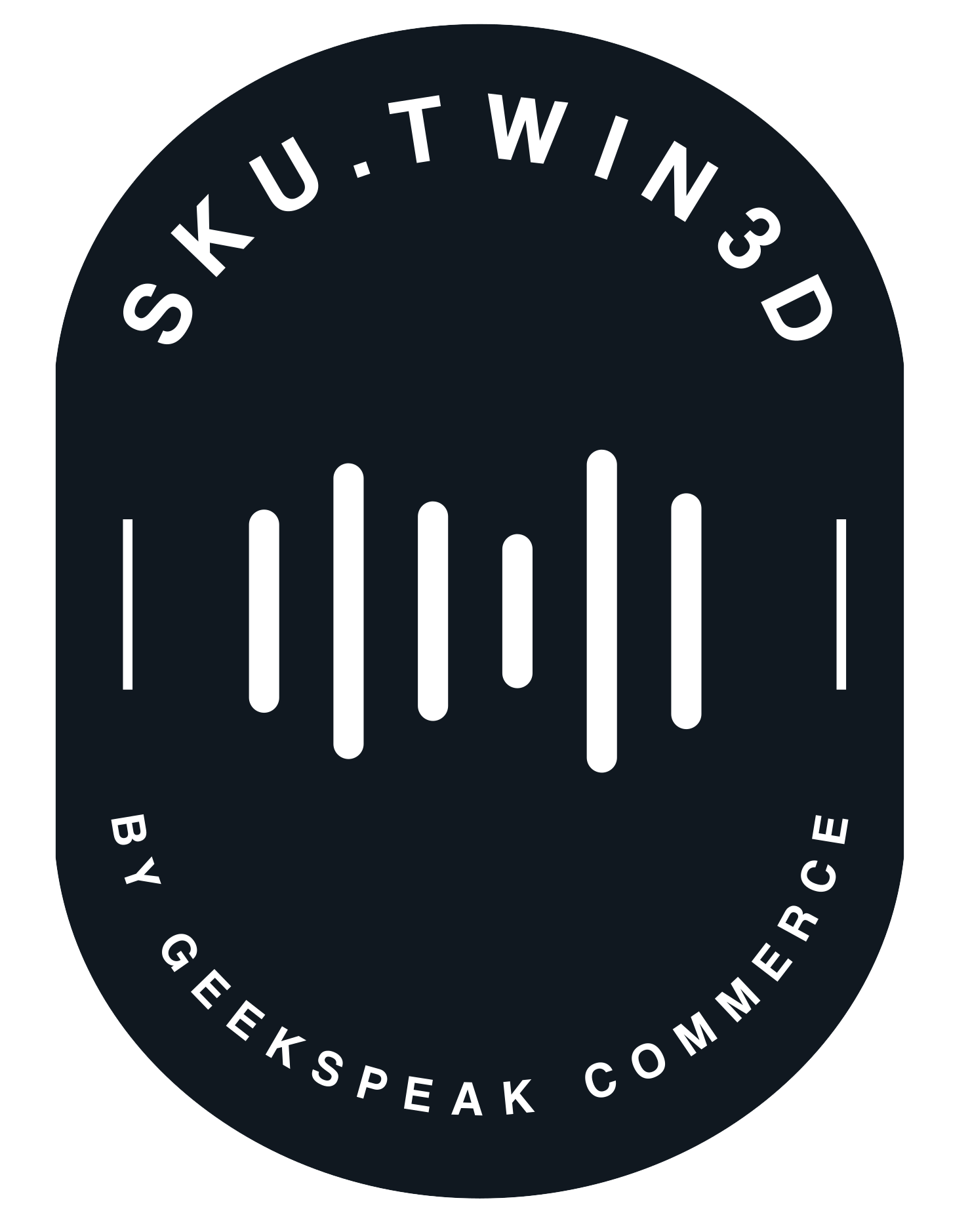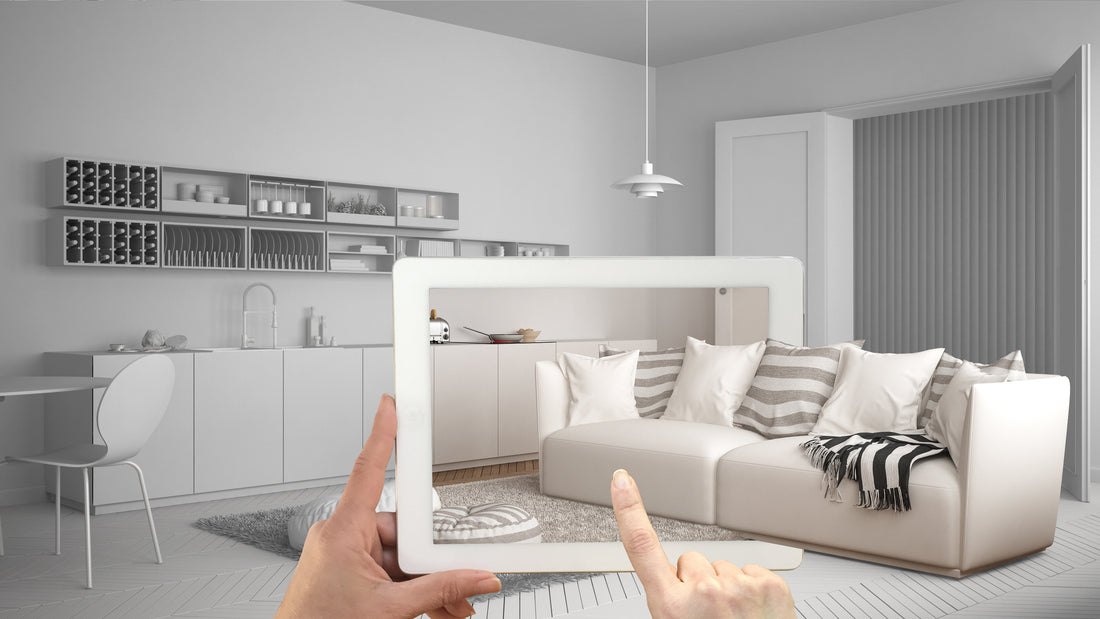In an era dominated by online shopping, ecommerce businesses are constantly on the lookout for innovative methods to stand out in the saturated market. As conversion rates dictate the health and profitability of these businesses, it’s crucial to optimize them. Enter Augmented Reality (AR) and 3D Modeling - transformative technologies that are redefining online shopping experiences and, consequently, boosting conversion rates and sales revenue. Let’s delve into how.
1. Bridging the Tangibility Gap:
One of the main challenges online shoppers face is the inability to physically touch or see products. 3D modeling addresses this by providing detailed, rotatable visualizations of products, allowing consumers to view them from every angle, just like they would in a physical store.
2. Try Before You Buy with AR:
From trying on a pair of sneakers to visualizing how a sofa looks in a living room, AR offers a virtual "try-before-you-buy" experience. This reduces the uncertainty associated with online shopping and increases the likelihood of purchase.
3. Reducing Cart Abandonment:
A significant percentage of online shoppers abandon their carts due to doubts about product fit or appearance. AR and 3D visualization can mitigate these uncertainties, thus reducing cart abandonment rates.
4. Enhancing Product Understanding:
3D models, especially when paired with AR, can showcase product functionalities in real-time. For complex products, this not only educates the consumer but also instills confidence, increasing the probability of conversion.
5. Memorable Shopping Experiences:
By making the shopping journey interactive and engaging, AR and 3D modeling ensure that it's not just another mundane task. The novelty and immersion of such experiences can lead to higher customer retention and repeat purchases.
6. Reducing Returns and Associated Costs:
With a clearer understanding of the product through AR and 3D visualization, the mismatch between expectation and reality diminishes. This results in fewer product returns, saving costs and potentially increasing overall sales revenue.
7. Social Media Integration:
AR experiences can be integrated into social media platforms, where users can virtually try products and share with their network. This acts as a form of social proof and can drive traffic to ecommerce sites, leading to higher sales.
8. Data-Driven Insights for Personalization:
Interactions with AR and 3D models can provide businesses with insights into user preferences and behaviors. This data can be harnessed to tailor marketing strategies, thus pushing products that have a higher likelihood of conversion to individual users.
9. Improving Competitive Edge:
Offering 3D and AR experiences can set a brand apart in the crowded ecommerce space. As early adopters of this technology often get highlighted in media or by influencers, it can lead to increased traffic and consequently, higher sales.
10. Positive Word-of-Mouth and Brand Loyalty:
An enhanced and interactive shopping experience can lead to satisfied customers who are likely to spread the word. This positive word-of-mouth can bring in new customers while the unique shopping experience can foster brand loyalty.
AR and 3D modeling are more than just buzzwords; they are revolutionizing the ecommerce landscape. By addressing key pain points of online shopping and offering interactive, immersive experiences, they're proving to be pivotal tools in boosting conversion rates and driving sales revenue. Ecommerce businesses that wish to remain at the forefront must consider integrating these technologies into their platforms to reap the rewards.
Learn more about the power of AR experiences in retail here.

